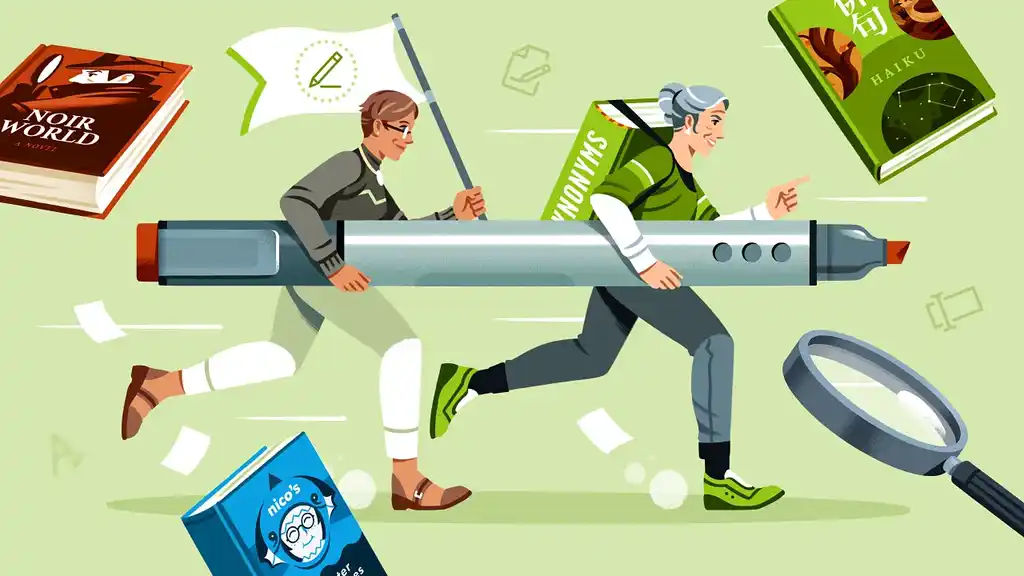Find the perfect editor for your next book
Over 1 million authors trust the professionals on Reedsy. Come meet them.
Submitted to: Contest #291
Written in response to: "Center your story around a character who successfully — or unsuccessfully — escapes their fate."
8 likes
0 comments
Bring your publishing dreams to life
The world's best editors, designers, and marketers are on Reedsy. Come meet them.

You must sign up or log in to submit a comment.